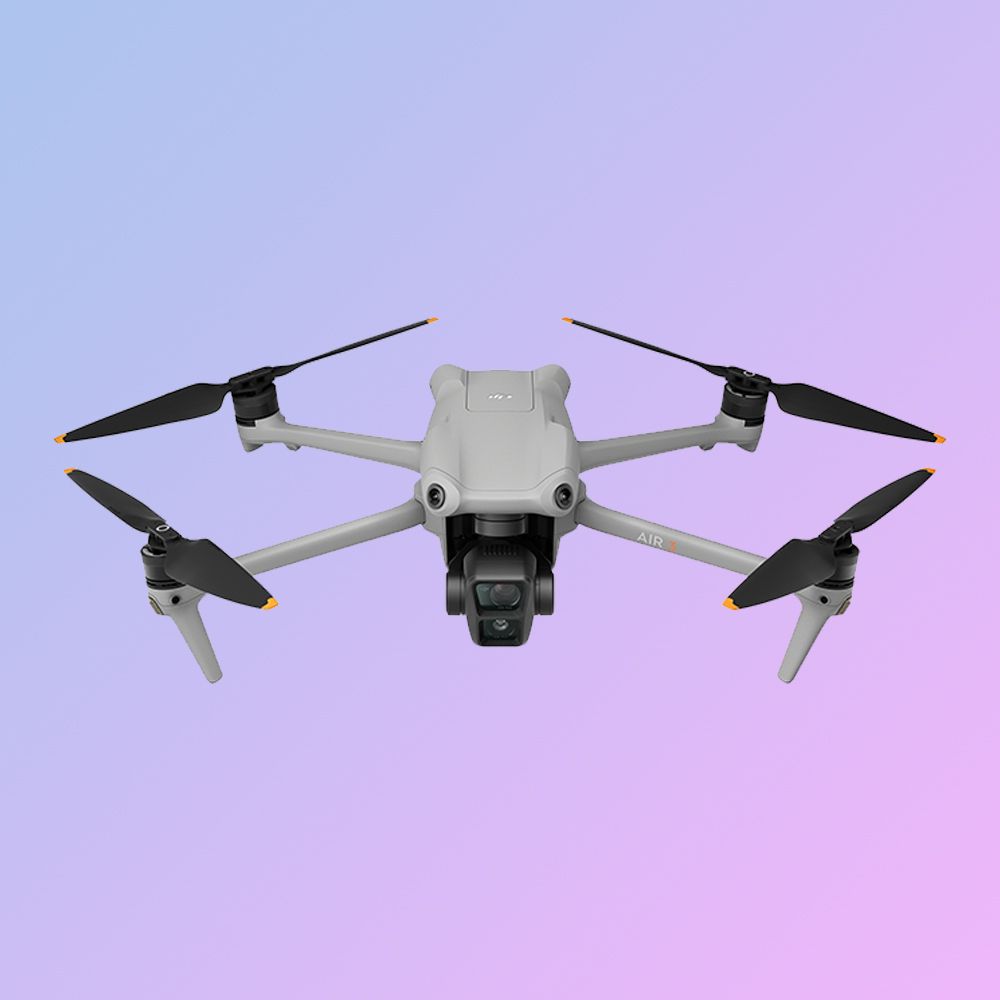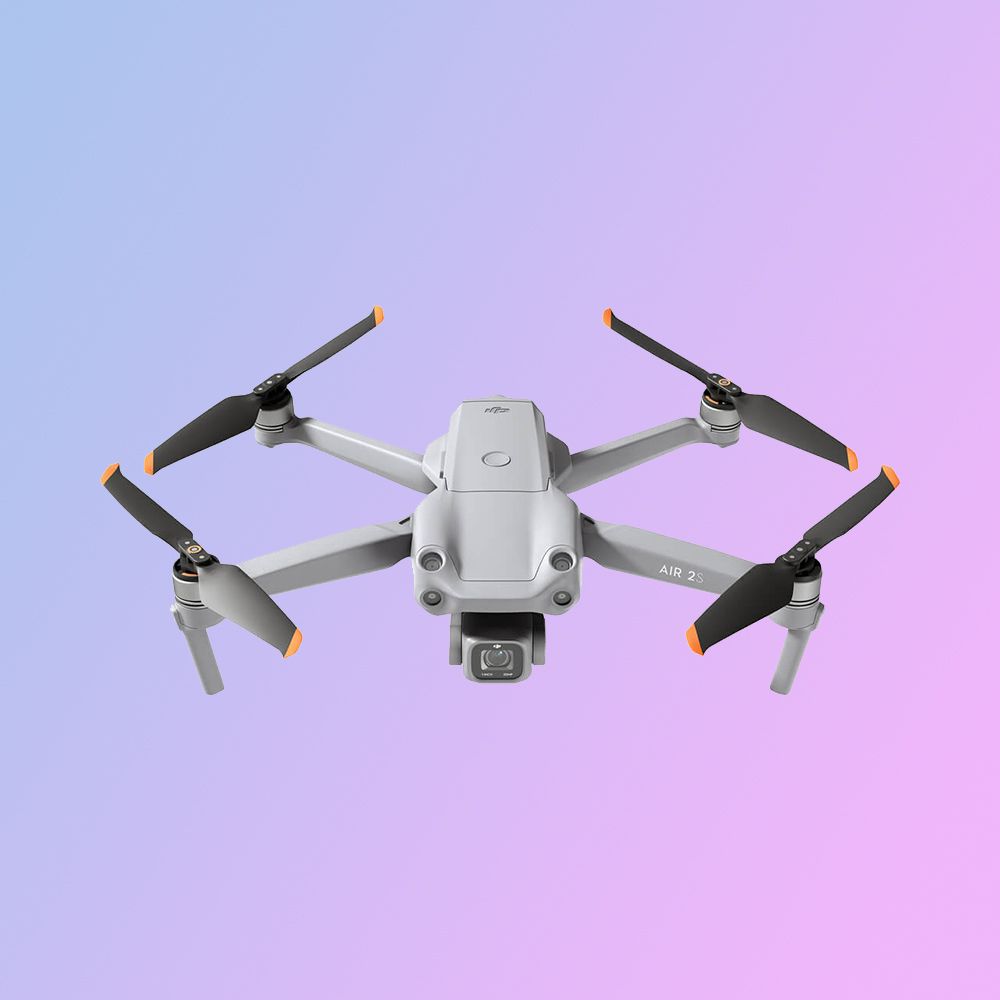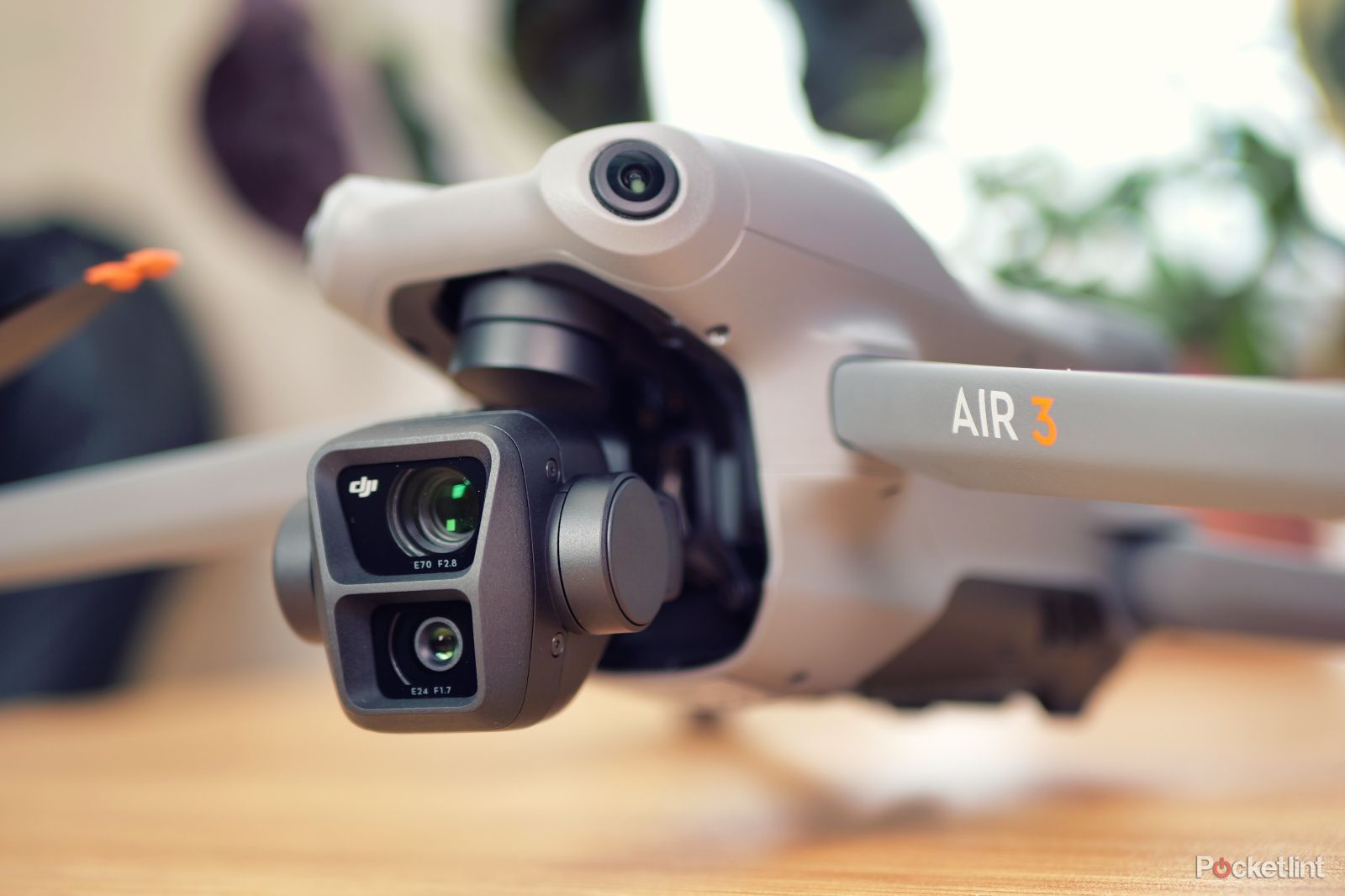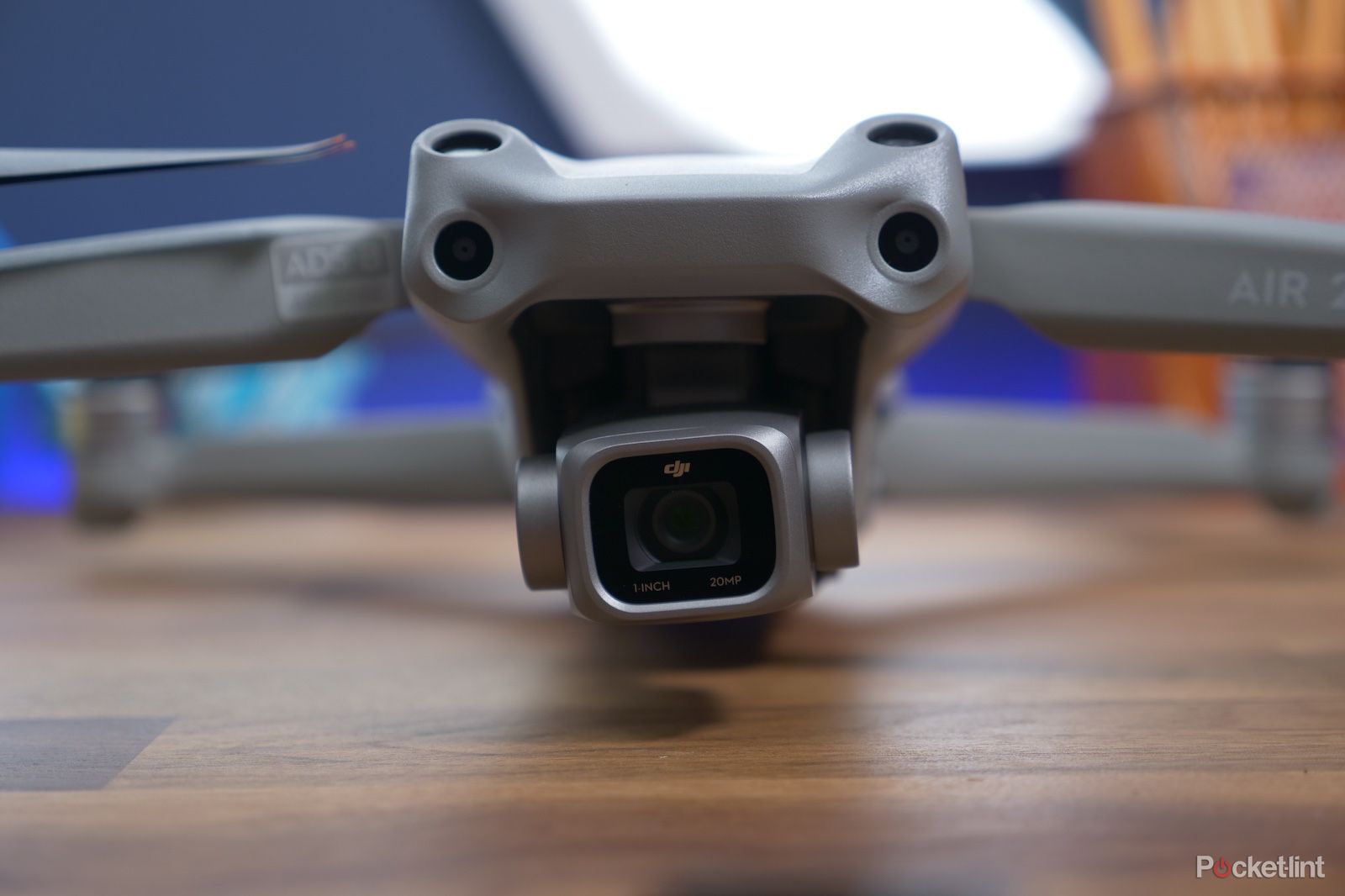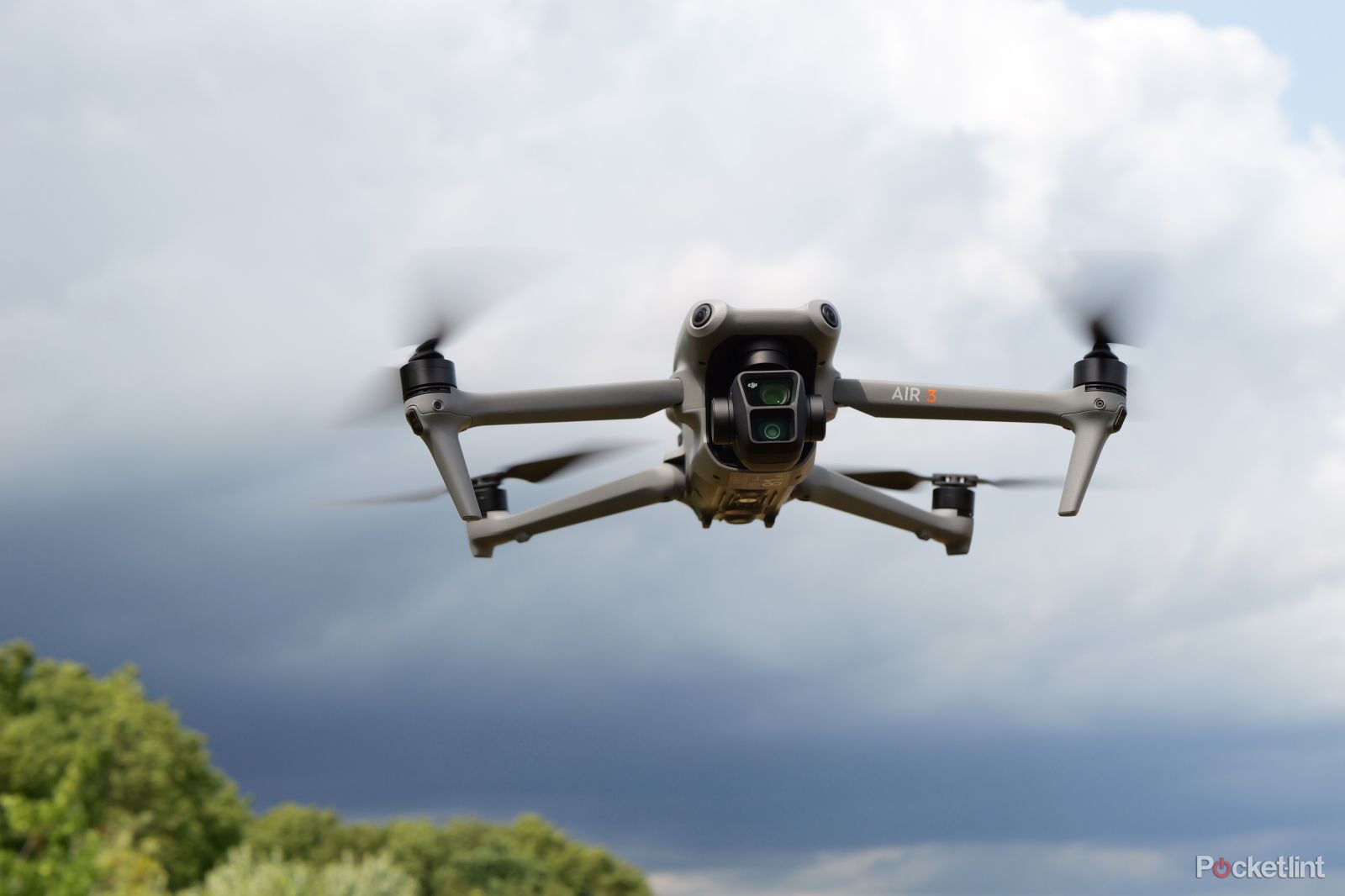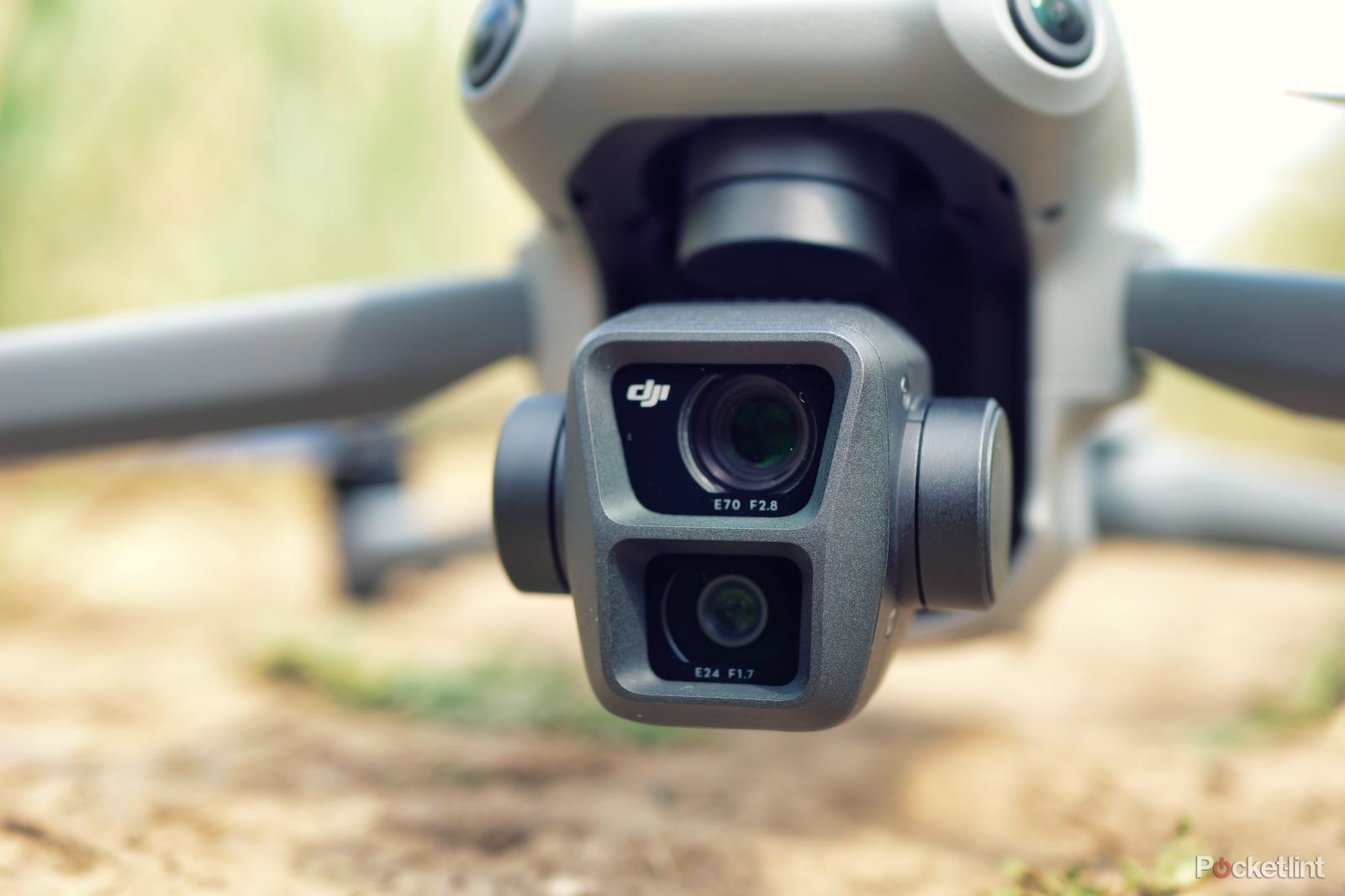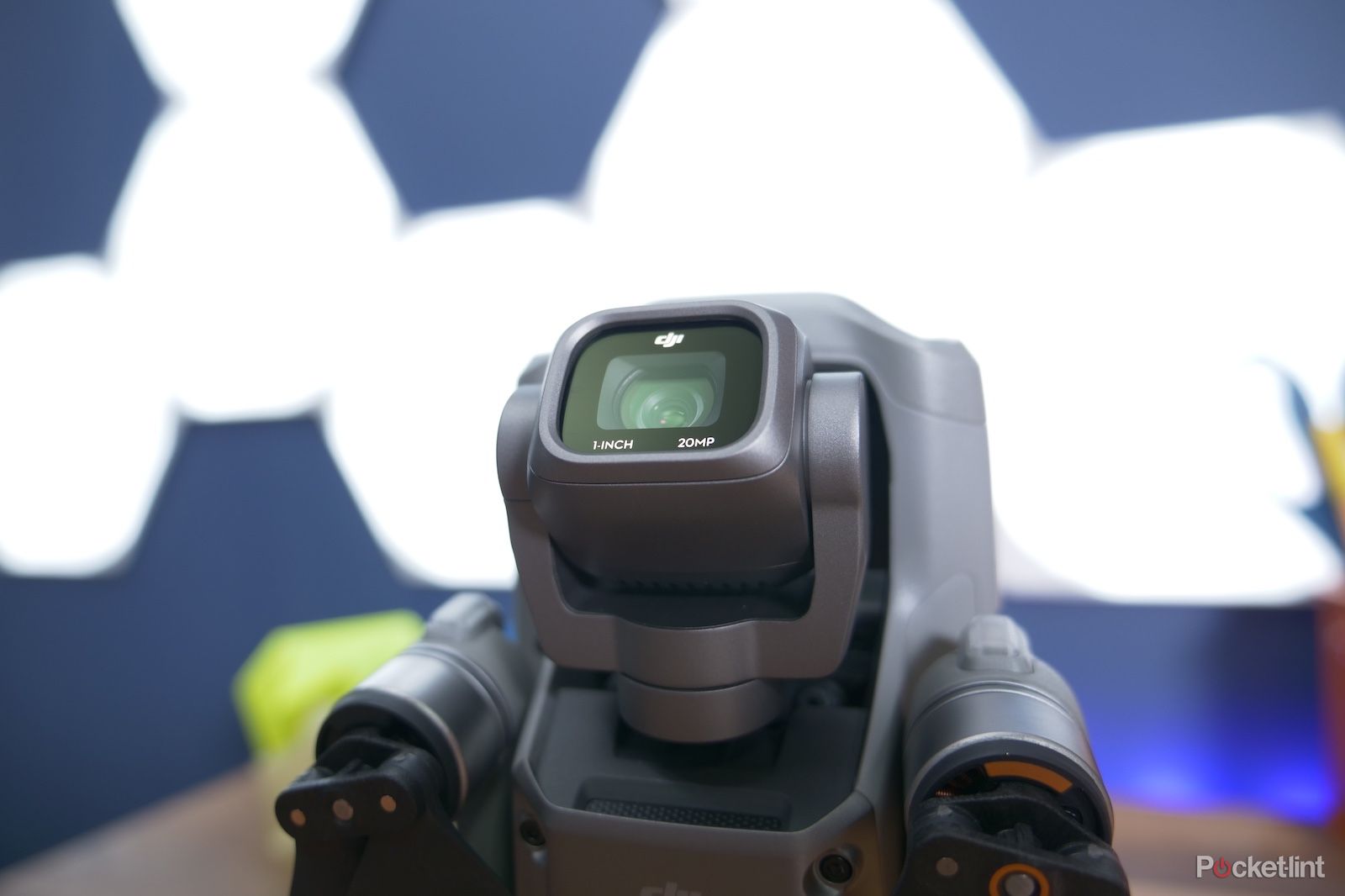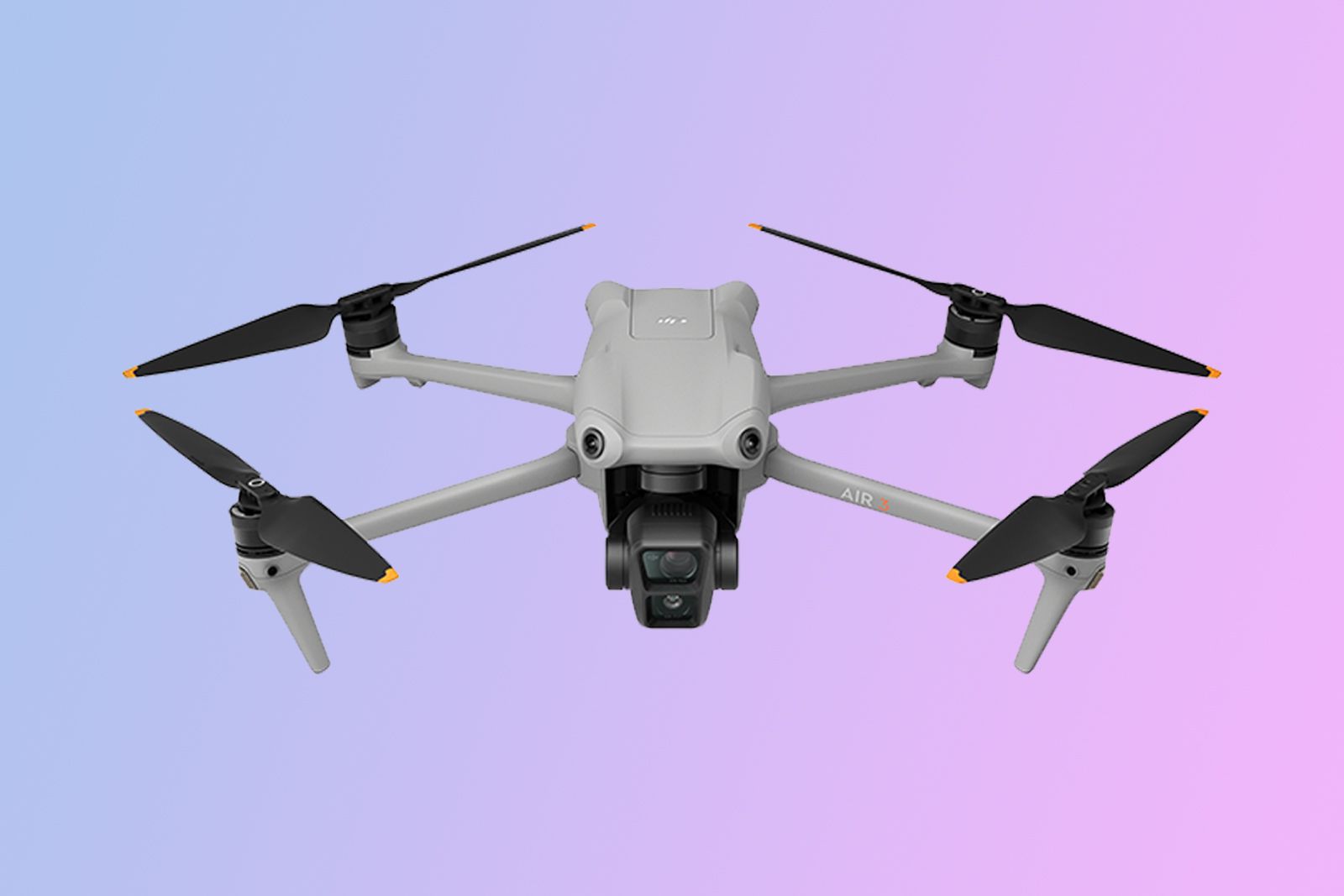- DJI
DJI Air 3
Our top pickPros- Excellent new dual camera system
- Amazing O4 image transmission
- Longer, faster flights
- Omni-directional obstacle avoidance
Cons- More expensive
- DJI
DJI Air 2S
Still excellent$949 $999 Save $50Pros- Larger 1-inch sensor
- Up to 5.4K resolution
- More compact and lightweight
- Significantly cheaper
Cons- Slow motion caps out at 1080p
The DJI Air 2S has been a favourite of the DJI lineup since its launch in 2021. It offers many of the high-end features found on the Mavic series, in a smaller drone with a more accessible price point.
It's been over two years since the launch of the DJI Air 2S, though, and that's a long time when it comes to drone tech, so it was long overdue for a refresh. Now, that has arrived in the form of the DJI Air 3.
It's easy to tell the two drones apart, partly thanks to the dual-camera module that sits front and centre. So, obviously, that's new, but what else has changed? We've taken a deep look at the spec sheets, in an effort to find out.
Specs, price and availability
The DJI Air 2S launched in April 2021 at a price of $999. In the time since, the price has been reduced to $799, and it's still widely available at retail.
The DJI Air 3 launched on July 25 2023 at a price of $1099 and is available to purchase now.
DJI Air 3 DJI Air 2S Camera 24mm f/1.7 + 70mm f/2.8 (1/1.3-inch CMOS) 22mm f/2.8 (1-inch CMOS) Speed 21 m/s 19 m/s Weight 720g 595g Range Up to 20 km Up to 12 km Connectivity O4 image transmission O3 image transmission Battery 4241 mAh 3750 mAh Dimensions 258.8x326x105.8 mm (unfolded) 183×253×77 mm (unfolded) Video Resolution Up to 4K 60fps / 4K 100fps Up to 5.4K 30fps / 4K 60fps Max Wind Speed Resistance 12 m/s 10.7 m/s
Design and features
The Air 3 has an updated design that's more in line with DJI's newer drones such as the Mavic 3 Pro and Mini 3 Pro. This means slimmer arms, a black camera housing and less of an overhang above the gimbal - to allow for low-angle shots.
The Air 3 is larger than the Air 2S in all dimensions, both while folded and unfolded. It's also 125g heavier, tipping the scales at 720g. You might feel the difference in your backpack, but as far as regulations are concerned, there's not much difference. Both models fall under the C1 category in Europe.
The sensor arrangement has changed on the Air 3, and it now boasts omnidirectional obstacle sensing, whereas the Air 2S has no lateral obstacle sensing. The Air 3 has dual cameras, whereas the Air 2S only has one - but we'll talk more about those later.
Both models have 8GB of onboard storage, as well as support for microSD cards. 8GB won't get you very far with such high-resolution video formats, but it does come in handy for the odd occasion when you forget to bring an SD card with you.
The flying experience
When it comes to flying abilities, the Air 3 outclasses the Air 2S in almost every area. It's slightly faster in both horizontal and vertical directions, as well as being able to resist higher wind speeds. It also flies for longer, offering up to 46 minutes per battery, compared to 31 minutes with the Air 2S.
Arguably the biggest upgrade to the flying experience, though, is the move to O4 image transmission. The Air 3 is the first drone to feature this new system and it allows you to fly further with a stronger video signal, and it can penetrate through walls and foliage much better than the O3 system, too.
It's also a much higher-quality video stream, offering up to 1080p 60fps monitoring with a 10MB/s bitrate, compared to just 12Mbps (1.5 MB/s) with the O3 downlink. So you get a much better idea of your final image while you're up in the air, and can even manually focus from a great distance.
We already mentioned the new sensor arrangement, but it allows you to fly with greater confidence as all sides of the drone are protected with the upgraded obstacle avoidance system. Of course, this is also highly beneficial for automated flight modes like ActiveTrack and QuickShots.
Cameras and image quality
The biggest difference between the camera systems is the fact that the Air 3 has two lenses to choose from, rather than the single lens on the Air 2S. We loved using the triple camera array on the Mavic 3 Pro, and the highlight was the excellent 70mm focal length, which also makes an appearance here.
Switching to this longer lens allows you to capture a dramatically different perspective, and really makes the footage stand out against other drone shots - which are all typically shot with a wide FOV.
Both cameras are well-matched, too. They have the same sensor size and shoot at the same resolutions while the colours align almost perfectly. This means you can easily combine clips from both cameras, something that's still rare on even the best flagship smartphones.
The sensors are actually marginally smaller than the 1-inch sensor on the Air 2S, but they use more advanced technology. The Air 2S has a 20MP backside-illuminated CMOS sensor, while the Air 3 has dual 1/1.3-inch 48MP stacked CMOS sensors. Obviously, this equates to higher-resolution still images, but these sensors also have a much faster readout, which allows for slow-motion recording at up to 4K 100fps. Comparatively, the Air 2S maxes out at 1080p 120fps for slow motion.
Interestingly, the maximum video resolution is lower on the Air 3, topping out at 4K resolution, rather than 5.4K. But, despite the lower resolution and marginally smaller sensors, the results look better than Air 2S footage across both cameras. Whether this is due to the higher-bitrate recording, or just some image processing magic, it's hard to say. But the results speak for themselves, and DJI Air 3 footage looks superb.
Conclusion
It's pretty clear that the DJI Air 3 is the superior drone, it flies better and does so for longer, with a much clearer video downlink. It also boasts better obstacle avoidance and a better camera setup with dual lens options.
If you want something that's a little more advanced than the Mini 3 Pro, but don't want to step up to something big and pricey like the Mavic 3 Pro, the Air 3 is the perfect middle child.
However, the Air 2S is far from irrelevant. It has benefits of its own, such as a larger sensor, higher-resolution video capture and a more compact and lightweight design. It's also available for significantly less money, and we'd only expect that gap to widen now that the Air 3 has been released.
In either case, you're getting a top-notch drone that packs down small and can capture stunning aerial imagery. You can't go wrong with either option.

